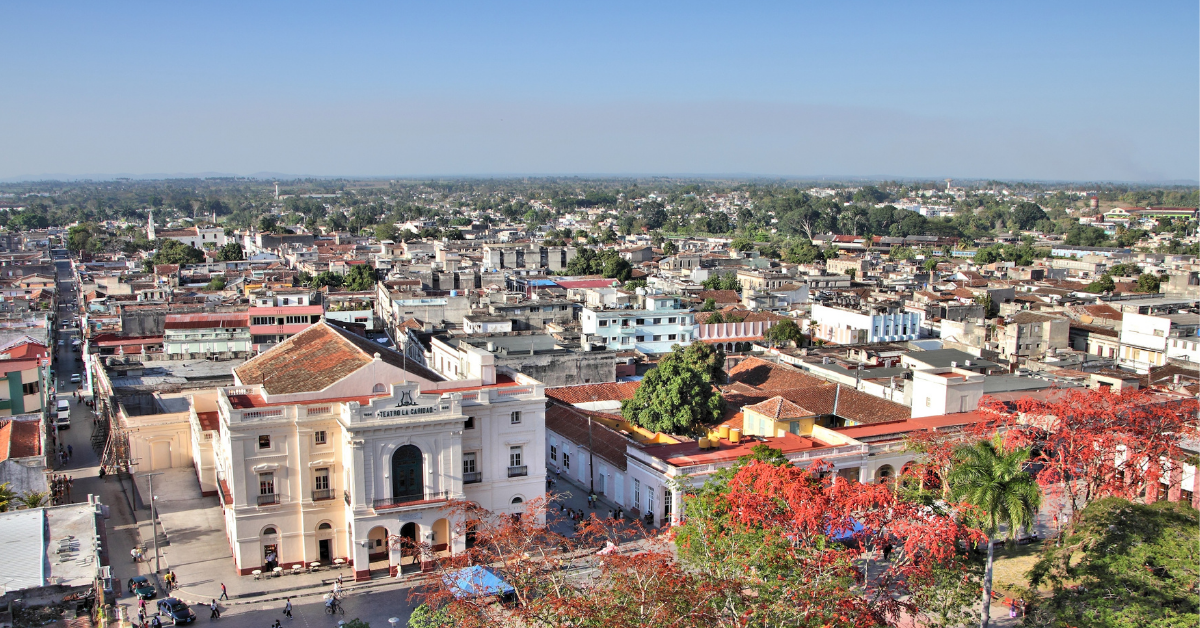Capacity Management, Conferences, IT Operations Management, Life at Moviri, Performance Optimization
Velocity Conference 2011 – Day 3 Journal
- By Luca Forni
18 Jun

Santa Clara (CA), June 16, 2011, h8.30
Ready for the third and last day at Velocity Conference (here our take on day 1 and day 2), starting with a very interesting keynote: how Facebook approaches optimization in datacenter consumption (including a benchmark about power consumption in cooling 1U vs 2U vs 4U server)
After that we attended one of the quickiest, funniest but coolest talks by by Artur Bergman, director of engineering at Wikia, on “use SSD (Solid State Drive) and save lifes”, with a 12 second MacBook boot live demo (thanks to SSD obviously).
Going on, we were impressed by Google guys using the Google docs presentation tool, inserting code, webpage, JavaScript,… Inside the slide. One of their talks was about the Google Instant search feature, and Chrome instant pages (the browser preloads the pages that you are most likely to click on). We think it will certainly cause headaches to everyone working on web analytics tools, due to “false positive” hits. But we have to admit that is very cool getting the right page while you are still writing the URL in the nav bar. 🙂
In the “What’s new sessions” provided by browsers development teams (Chrome, Firefox, Internet Explorer, Opera), we appreciated how all of them are adding a lot of feature and plugins for performance analysis and diagnostics. Sounds good to all performance & optimization consultants, and surely to all end-users that will experience faster websites.
Artur Bergman also had a great speech showing the capability of Google Analytics in facing huge amounts of data inside a web browser: during the demo he analyzed some web site data managing plots with 4 Billion points in real-time: more amazing stuff from Google.
Our last session was about ad serving s in website and performance related issues. Julia Lee form Yahoo! showed a case study: “YMail turned off ads for 3 days and load time dropped 73%! “. Lesson learned: be careful relying on third party services in your page, or design your apps for multi-thread loading and rendering (i.e. use ad-hoc iFrames). 🙂
In the exhibition hall, we spent a lot of time with two interesting companies: AppDynamics changes the approach to Java diagnostics monitoring, avoiding the “instrumentation conf file” and focusing on the whole transaction crossing the Java layer. Apica gave us a complete demo on their SaaS solutions for end user monitoring and load testing, with multiple geo-distributed measurement points and shared with us some interesting considerations on performance testing and monitoring in the cloud.
So, what do we take away with us from Velocity?
It was our first time here and we are happy to be part of this conference. Innovative ideas were shared and new performance-related tools were shown that should be part of our toolkit to help our customer in improving their quality of service. And we scouted new technologies that we will have to look into in more detail… surely a lot of work to do when we come back to our office in Italy.
Aside from the content, we also want to share some funny feedback on Velocity… Just seconds after a new slide goes up including some key-concepts – and even before the speaker starts talking – Twitter and Facebook posts go off instantaneously. Social media rules.
And also Mac rules here… some years ago, all “tech gurus” used to carry a Linux laptop… now everything here is branded Apple (iPhones, iPads, Macbooks everywhere)… Geek’s evolution.
At the end, Steve Souders announced that he will co-chair the first Velocity Europe event (planned in November in Berlin). A great opportunity to bring “Velocity Culture” in Europe.
Luca & Nicholas
Comments are closed.
Categories
- Akamas
- Analytics
- Announcements
- Arduino
- Big Data
- Capacity Management
- Cleafy
- Cloud
- Conferences
- ContentWise
- Corporate
- Cybersecurity
- Data Science
- Digital Optimization
- Digital Performance Management
- Fashion
- IoT
- IT Governance and Strategy
- IT Operations Management
- Life at Moviri
- Machine Learning
- Moviri
- News
- Operational Intelligence
- Partners
- Performance Engineering
- Performance Optimization
- Tech Tips
- Virtualization
Stay up to date

© 2022 Moviri S.p.A.
Via Schiaffino 11
20158 Milano, Italy
P. IVA IT13187610152
1 Comment